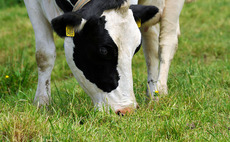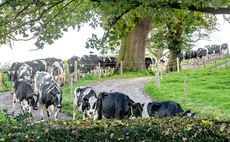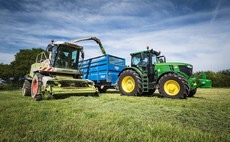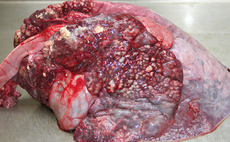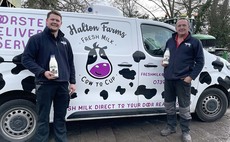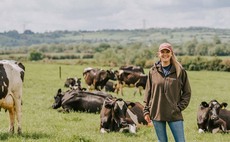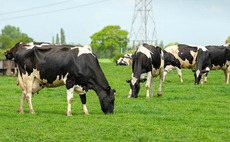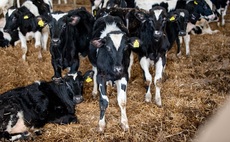Dairy Farmer
Livestock
Cattle producers should get on top of flies early before populations become unmanageable due to the significant impact they can have on stock. Dairy Farmer reports.
Livestock
The turnout of cattle onto spring grass is a promising sight after a long winter, but the reality of fertility management remains a challenge. Katie Fallon reports.
Livestock
Genetics may have a greater influence on how susceptible dairy cows are to developing foot lesions than previously thought, a new study has found. Debbie James reports.
Dairy
Pre-cut testing of grass is an important tool to improve precision of cutting date and help improve forage quality and stability of fermentation. Dairy Farmer reports.
Livestock
Mycoplasma bovis (M. bovis) is thought to be common in Scottish dairy herds and experts believe a similar picture may apply to the rest of mainland UK. Wendy Short reports.
Livestock
With a target of keeping clamped silage losses to below 5 per cent, the Halton family has assessed all aspects of silage making from cutting to clamping.
Livestock
Amy Eggleston is a fifth-generation dairy farmer from Leicestershire. Her family and farm team are milking 620 Friesian cows on a New Zealand-based grazing, spring calving unit. She showcases her farming journey on social media (@thedairydaughter) and also runs Pastures Green, which is a rural marketing business.
Livestock
A spike in mastitis cases prompted a rethink of milking protocols at a Pembrokeshire dairy farm and the outcome was so positive that the business has now won a national milk hygiene award. Debbie James reports.
Livestock
Research has shown even pasture fed cows are short of beta carotene at some point during the breeding cycle.
Metacam
Many calves benefit from treatment with anti-inflammatory medicines (NSAIDs) before procedures such as disbudding/dehorning now we better understand the longer-term impact of such procedures on calves.

 01 April 2022
•
3 min read
01 April 2022
•
3 min read
